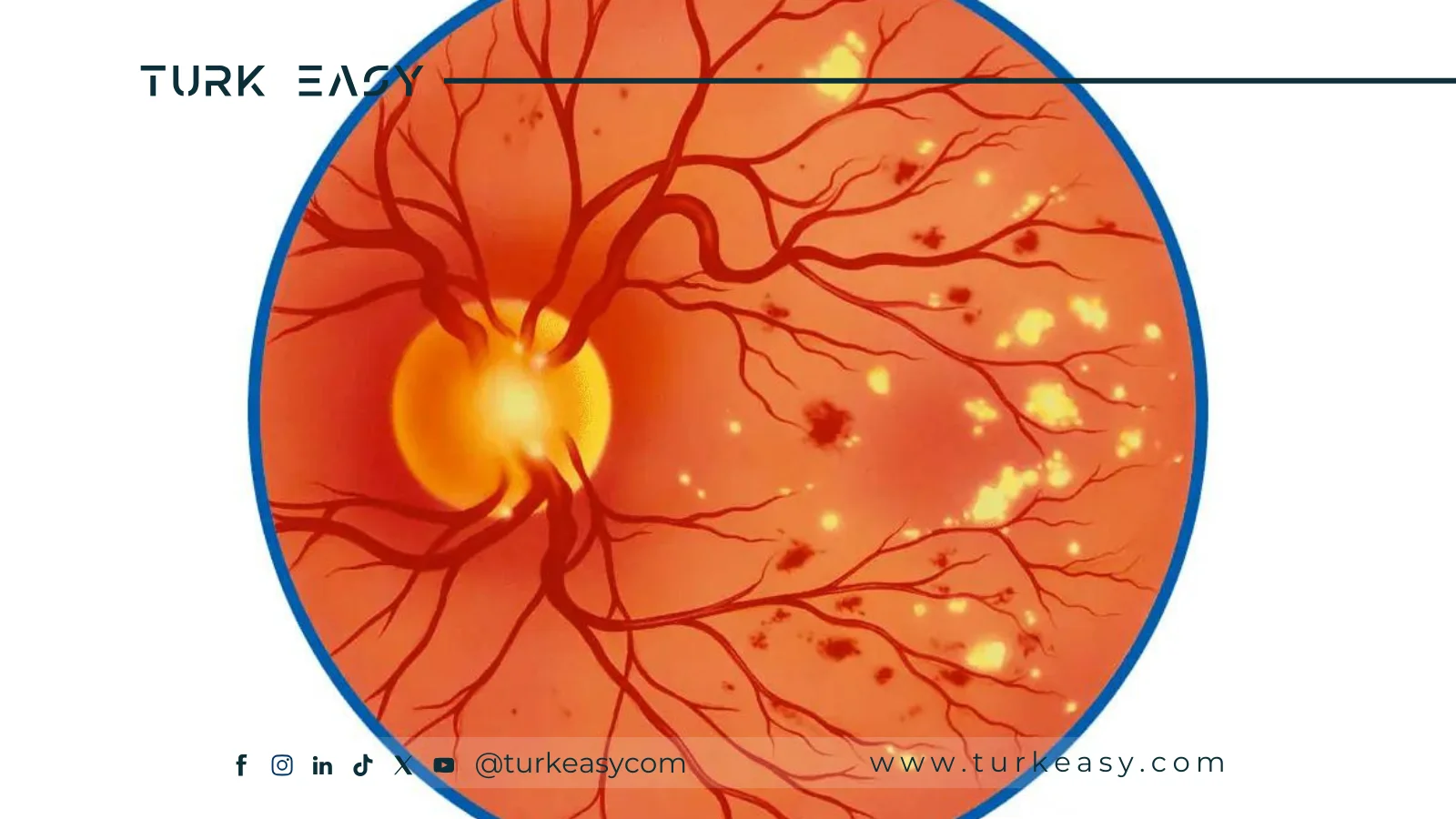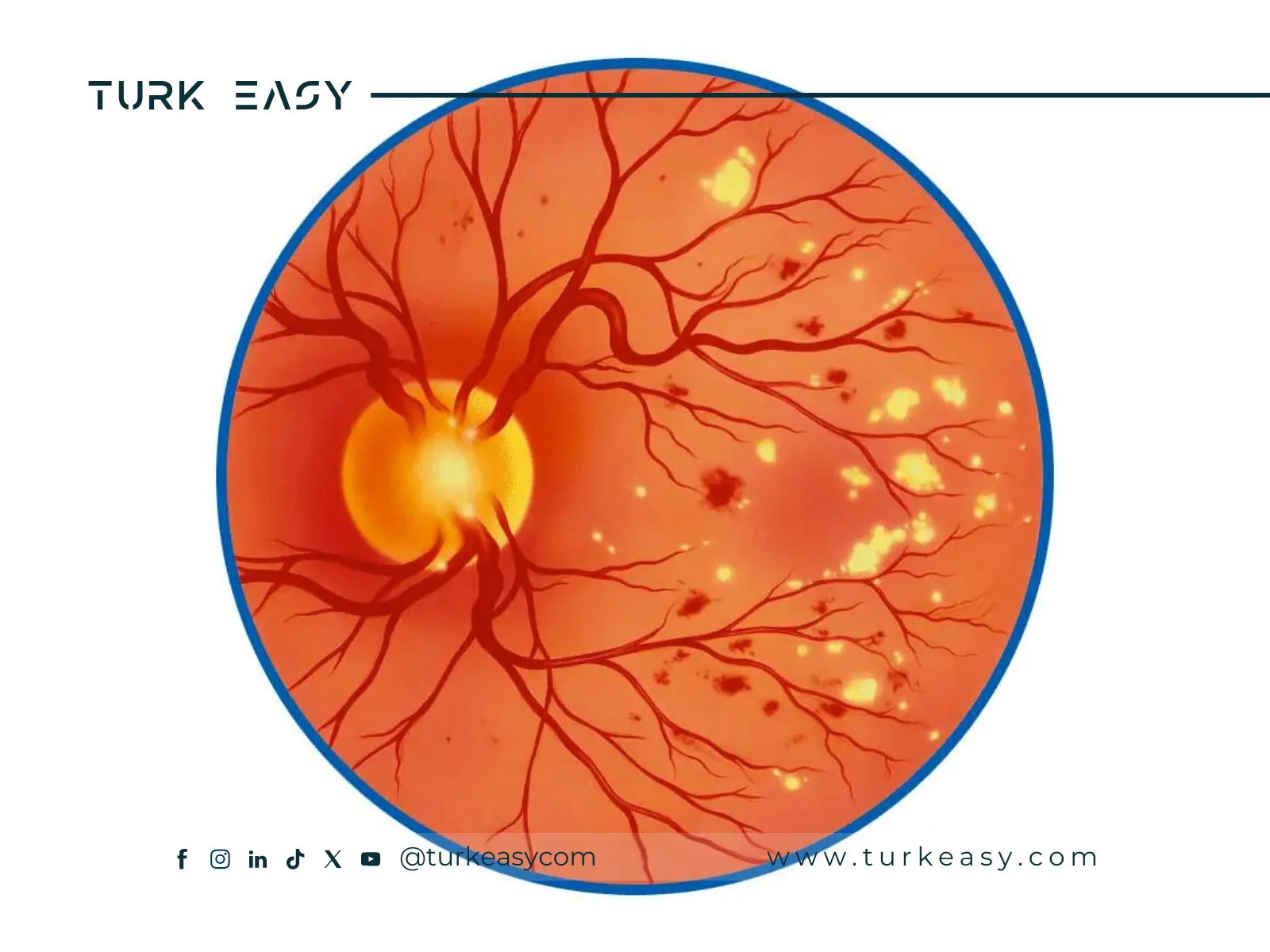Introduction to Diabetic Retinopathy Surgery
You may already be aware that treating diabetes or completely eliminating it can be difficult, but what you may not know is that you can easily control or treat certain complications of diabetes such as diabetic retinopathy through surgery. "Vitreoretinal surgery" is the term used to describe the surgery often suggested by doctors to improve the vision of diabetic patients to prevent blindness and visual impairment. During the surgery, your doctor will remove the transparent gel-like substance behind the eye lens, also known as the "vitreous body" or vitreous humor. Vitrectomy is not limited to people suffering from diabetic retinopathy, but also for other conditions that affect the eye retina.
Benefits of Diabetic Retinopathy Surgery
- Restoration of vision damaged by diabetic retinopathy and high blood sugar.
- Removal of impurities or floaters in the eye that make vision blurry and cloudy.
- Treatment of injuries, wounds, and wrinkles in the eye retina and other conditions.
- Providing a success rate of up to about 90% even for individuals over 60 years old.
Appropriate Categories for Undergoing Diabetic Retinopathy Surgery
If you are suffering from diabetic retinopathy in the third stage or symptoms resulting from diabetic macular edema, your doctor may suggest vitrectomy for you. Also, surgery may become necessary if you have the following conditions:
- Development of abnormal blood vessels in the eye.
- Severe eye injuries or presence of a hole or wrinkle in the central part of the eye retina.
- Infections or serious wounds inside your eye.
- Peripheral vision loss.
- Retinal detachment.
- Vitreous hemorrhage inside the eye.
Risks of Diabetic Retinopathy Surgery
Vitrectomy is a highly safe and effective procedure, but it still carries some potential risks and side effects, especially if the eye retina is severely damaged. Risks include:
- Complications related to anesthesia.
- Infections or bleeding in the eye.
- Retinal detachment.
- Formation of scars in the eye.
- Visual impairment or blindness.



